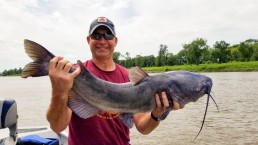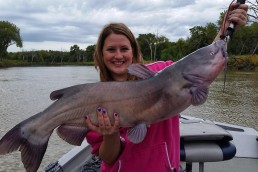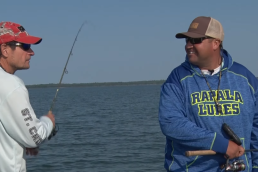Advanced Catfishing (Fall Technique)
SHARE THIS POST
The catfish spawn is just getting started. Many catfish anglers hang up their rods for two to three weeks and find something else to do. Others make changes to their tactics and plow ahead. The catfish spawn can be an interesting time for sure. Fishing does get a little tougher most years, but catfish can be caught during this annual ritual. I have been doing this catfish thing a long time now. Here are some of my thoughts and tactics for dealing with spawn.
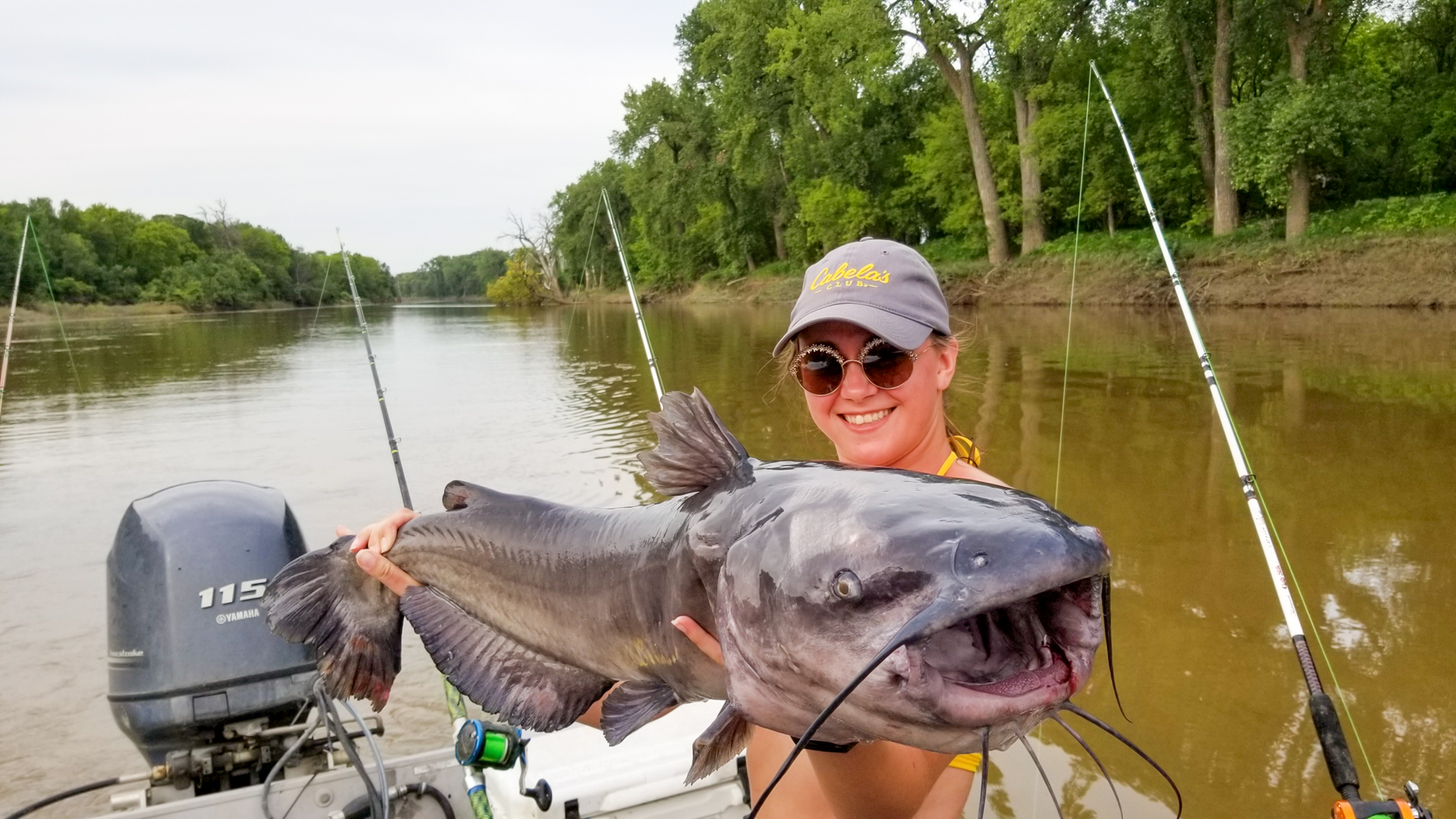
Not all fish spawn at the same time
This is true most of the time. In all my years, I have only seen the entire catfish population go on the nest all at the same time once. That particular year, it got hot and stayed hot, pushing water temperatures into the mid-70s and not letting go. The good news was that year, it was the shortest spawn ever.
Every other year, all fish do not spawn at the same time. Some fish that go to the nest early and others keep feeding; it takes them a while longer to get in the mood. My tactic when spawn hits is to try a two-pronged approach to catching fish. I fish the same as I did in pre-spawn, trying to catch those fish, but I always like to throw a line right near the bank, especially if there is a cutbank. This puts bait where the active pre-spawn fish might be running and a bait near a potential nest.
What should happen is, one day you will notice that instead of fat, pre-spawn fish, you will start seeing skinny, post-spawn fish mixed in—and then a complete changeover. This just tells you that the early spawners are done, and the late ones are heading onto the nest to wrap it up.
Some years it is not this cut and dry, so you must take a few things into consideration to adapt to the conditions and be successful until the spawn is over.
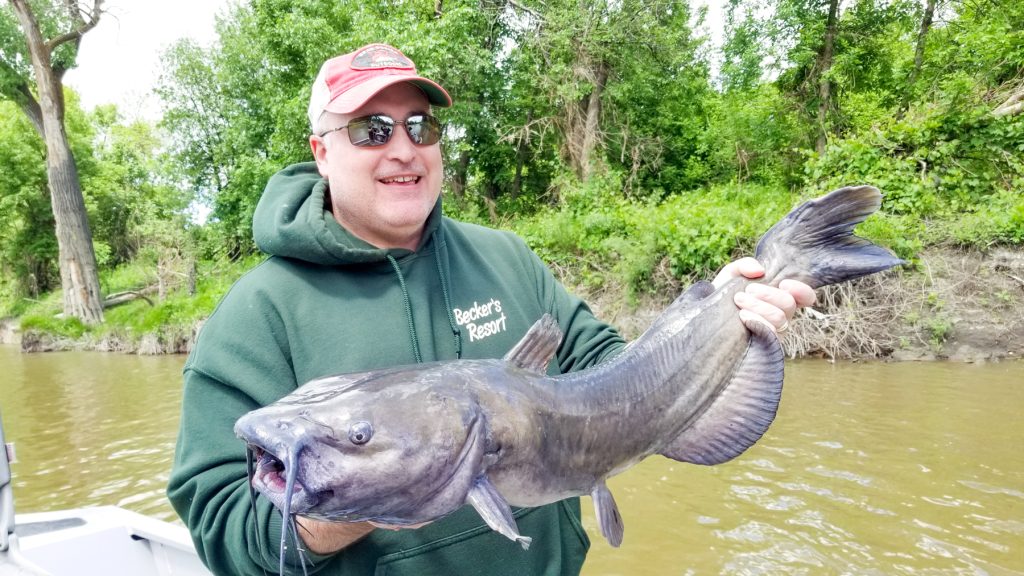
Fish tight to structure
Catfish spawn in areas where there is little to no current. This could be under a log or snag pile; it could be in a hole in the bank or a simple hole along the bank where there is no current. This should not be confused with eddies or back currents. It should also be noted that the current we see on top of the water is different than the current—or lack of current—at the bottom of the river. Consider that if you happen to see underwater structure on your electronics near an off-current area. Chances are there could be fish spawning in that structure.
When I say tight to structure (snags or holes), I don’t mean cast near it and get the fish to come out for the bait. I mean cast right in the thick of it! Spawning fish generally won’t come out for bait, but if it is close enough to the nest, they will pick it up to protect the nest.
This tactic can be affective, but it can also go through a lot of tackle because you are getting into the deep, nasty stuff a little more than normal. Pay attention to where you cast and lose gear. Most areas like this have openings, and a few mental notes can get the bait where you want it and back safely—preferably with a fish.
Are you enjoying this post?
You can be among the first to get the latest info on where to go, what to use and how to use it!
Sit longer
Pre -pawn and post-spawn catfish are generally aggressive feeders. If those fish seem to not be around during the spawn and you are forced to target spawning fish, one key to success is to sit longer. Spawning fish have little to no interest in feeding, so we must be willing to sit on the spots longer to allow them time to either get angry that the bait is sitting near a nest and move it, or we need to give them time to decide if they want to actually eat the bait.
My normal rule of thumb for sit time is 15 to 20 minutes without a fish. If the catfish are on the spawn and being fairly tight-lipped, don’t be afraid to ramp that up to 40 to 60 minutes. Keep an eye on the clock and try to establish what the times are so you can lengthen or shorten sit times.
Adjust the size of your gear
Sometimes when the spawn is on, and the fish start to pick at baits but not bite, there are a few adjustments that can be made for more success. First, downsize bait so the fish must get the bait and hook in their mouth to be hooked, rather than just pick at a large piece of bait and never actually get the hook.
Another strategy is to upsize the hook on the smaller bait. This allows for the bait to be threaded on all the way, and the only way the fish is going to get the bait is to get the hook, too. This strategy seems to go away from everything we have learned about finicky fish, but it has been very successful over the past years.
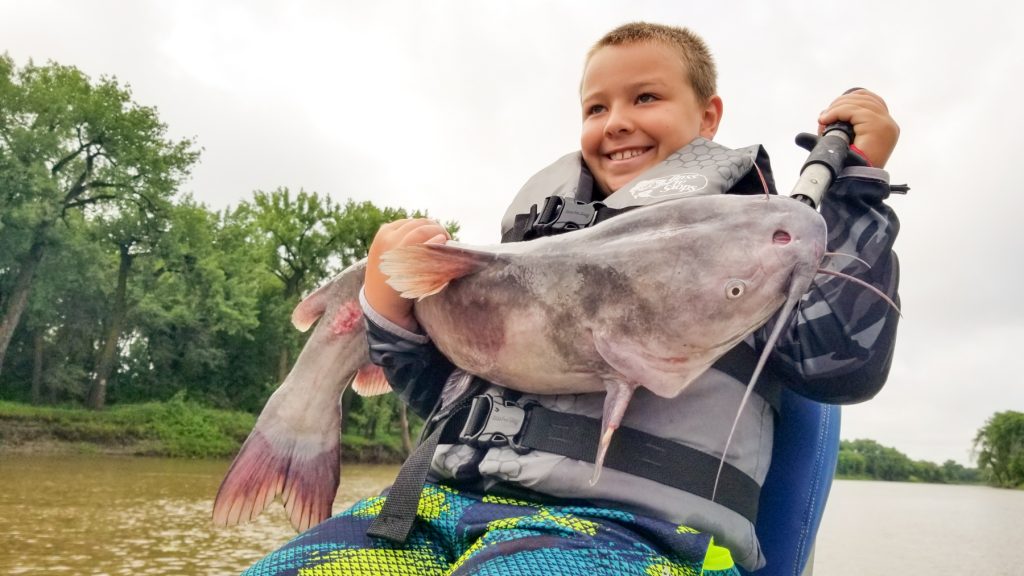
Bait adjustments
It seems that the time of year the spawn happens can also be a crawfish time of year. Sometimes, a simple bait switch can put more fish on the end of the line. I have noticed some years that when cleaning smaller fish, in particular, they have crawfish in them. Changing bait to either crawfish (where legal) or shrimp (which are close) can be the difference to a successful day.
This is also the time of year when it may be a good idea to start using dead bait rather than fresh-cut. With longer sit times, the fresh-cut can wash out the scent and become older, faster. Killing bait 12 to 24 hours before fishing and placed on ice allows the blood and scent to get into the meat, making it last longer in the water.
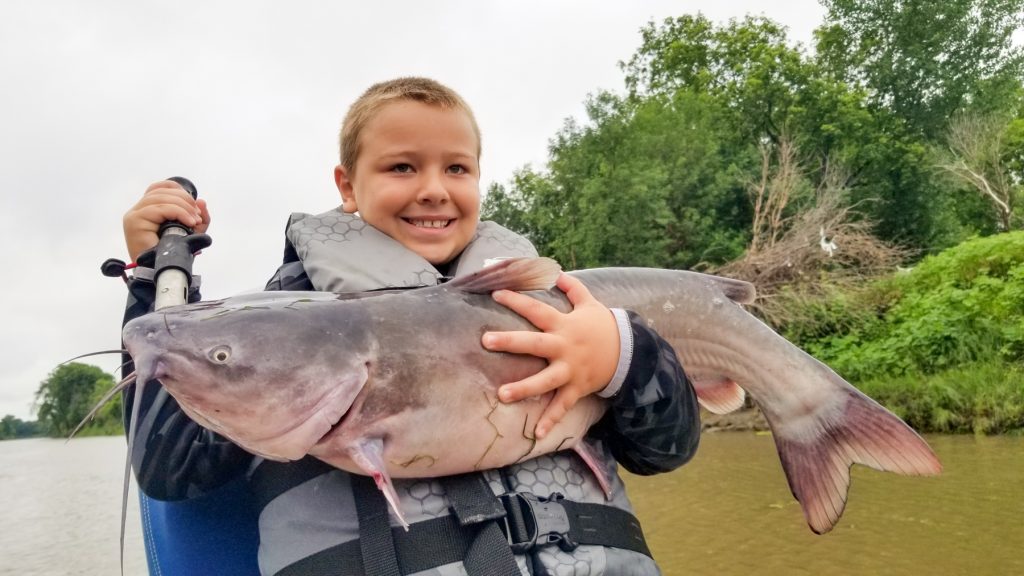
Please release spawning catfish
After catching catfish that protect the nest, they must be returned to the water quickly so they can go back to the nest. We know they will go back because I have caught the same fish off the same nest a few times over a week. If quickly released, they will go back to fan the eggs. This is critical to keeping catfish populations where they need to be for the future.
The spawn is a time of year with no firm set of rules as to how to fish it. It is the one time of year when the conditions and patterns can change from day to day without any real change in conditions. It can be more difficult to fish, but it can be a time that, with a little knowledge and understanding, you can fish through with no downside to catch rates.
MWO
SHARE THIS POST
Did you enjoy this post?
You can be among the first to get the latest info on where to go, what to use and how to use it!
Brad Durick
Captain Brad Durick is a nationally recognized catfish guide, seminar speaker, and author of the books Cracking the Channel Catfish Code and Advanced Catfishing Made Easy. For more information: redrivercatfish.com or facebook.com/braddurickoutdoors.
